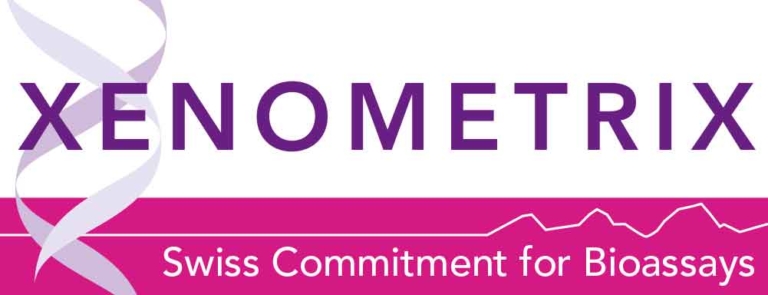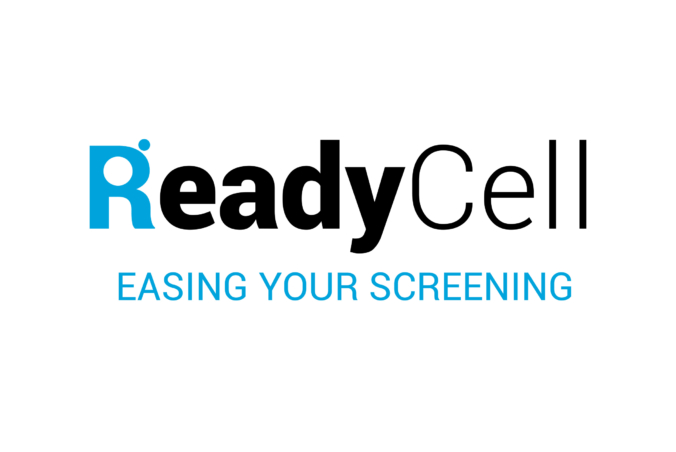Tuesday, August 30, 2022
10:00-11:00am EDT
3D Molecular modelling meets toxicology: a useful tool to investigate the TD and TK of food related toxicants
Luca Dellafiora, PhD
The term “3D molecular modelling” refers to a group of computational methodologies relying on the 3D structures of biological (macro)molecules that study inter-molecular interactions from an atomistic and mechanistic standpoint. Such techniques have been widely used in medicinal chemistry and have succeeded to precisely study the molecular basis of low-molecular weight compounds’ activity, substantially supporting drug design during the last decades.
More recently, 3D molecular modelling techniques have been also successfully applied to investigate the toxicodynamics of food related toxicants like mycotoxins and other contaminants allowing either the precise understanding of their mechanisms of action or the prioritisation of molecules for more detailed experimental analysis. Moreover, those techniques have been usefully applied also to study the toxicokinetics of small molecules. In this context, we have applied 3D molecular modelling to study specific kinetic aspects of food-relevant chemicals ochratoxin A (OTA), alkenylbenzenes and perfluoralkyl substances (PFASs).
Our work focused on the transporter kinetics involved in the urinary excretion and reabsorption of members of the PFAS family and OTA by Organic Anion Transporter 4 (OAT4) and OAT1, respectively, and on the cytochrome P450 mediated biotransformation of OTA and alkenylbenzenes, with a focus on inter- and intra-species differences. Overall, our outcomes provided sound mechanistic basis supporting reported in vitro and in vivo data on toxicokinetics and may therefore also prove useful in the prediction of toxicokinetics for chemicals for which these data are lacking.
Measuring and modeling the distribution of test chemicals in in vitro toxicity assays
Nynke L. Kramer, PhD
In vitro toxicity assays lie at the heart of next generation risk assessment. A battery of in vitro assays provide concentration response relationships to extrapolate to bioequivalent doses in humans, a process referred to as quantitative in vitro-in vivo extrapolation (QIVIVE). The importance of in vivo toxicokinetic processes (absorption, distribution, metabolism and excretion, ADME) in driving toxicity is well acknowledged. That these processes also drive toxicity in in vitro assays and contribute to the variability and uncertainty of in vitro readouts is less well recognised. Generally, the nominal effect concentration, i.e., the concentration added to the exposure medium at the start of the exposure, is used to compare toxic potencies of test chemicals and assay sensitivity. However, chemicals differentially bind to serum constituents and well plate plastic, evaporate and accumulate in cells. Due to these kinetic processes, the concentration at the molecular target, which is ultimately responsible for the effect, is a fraction of the nominal concentration and differs per chemical and between assays. In this presentation, tools to measure and model this fraction are explained and the consequences of accounting for in vitro disposition kinetics for QIVIVE are discussed.
 The ESTIV Members Area
The ESTIV Members Area



















